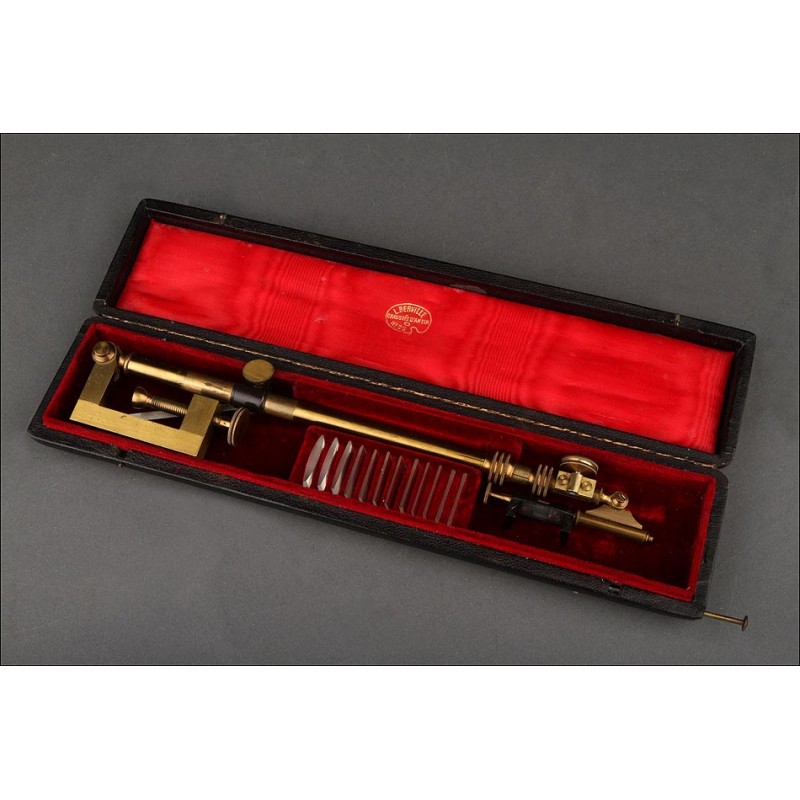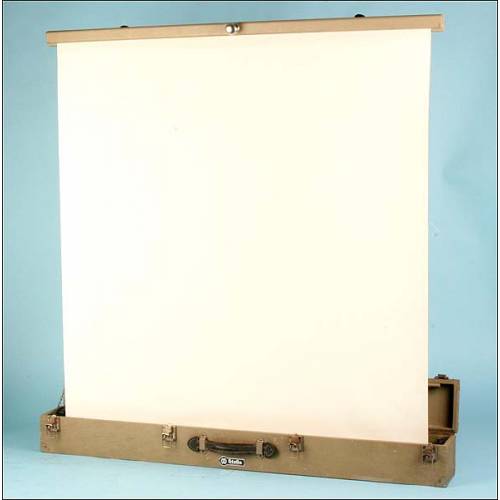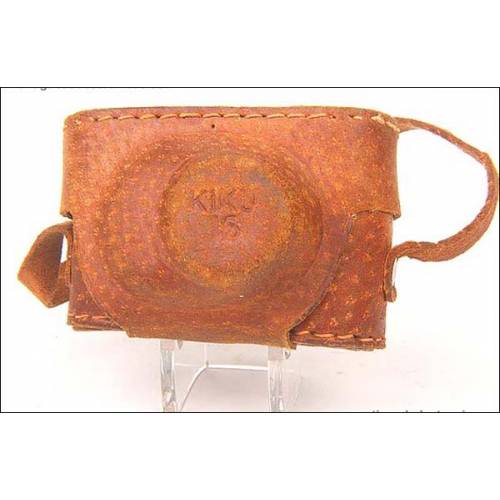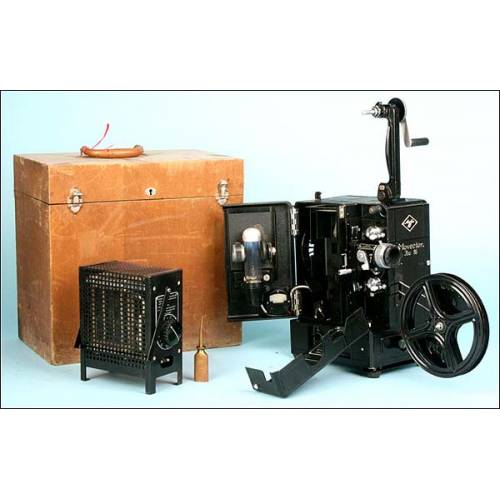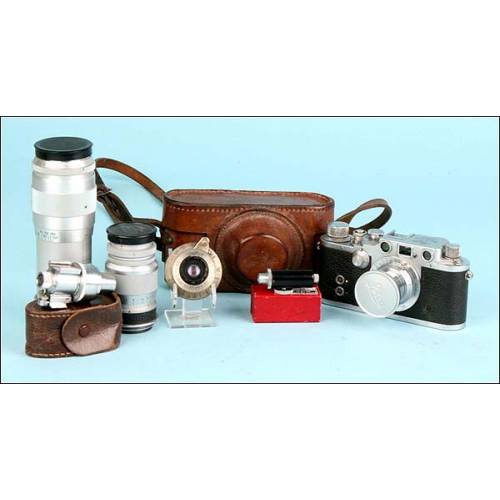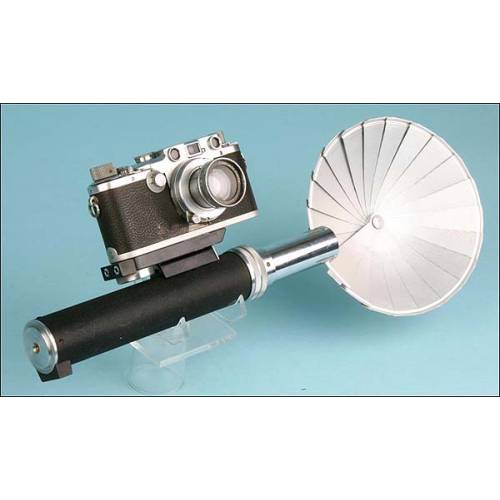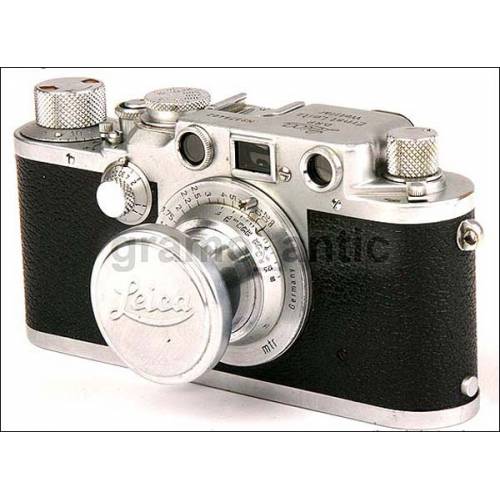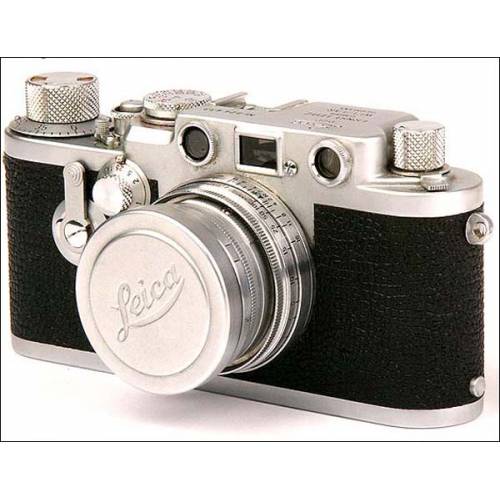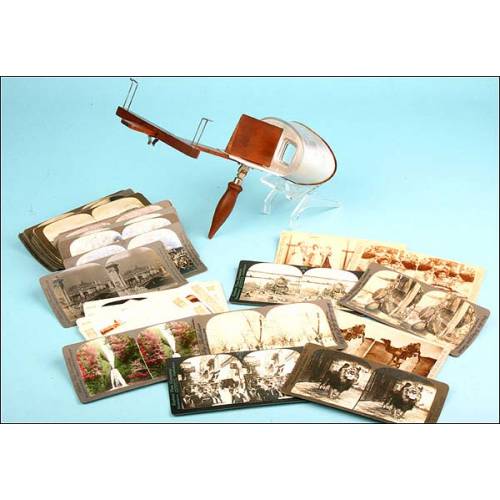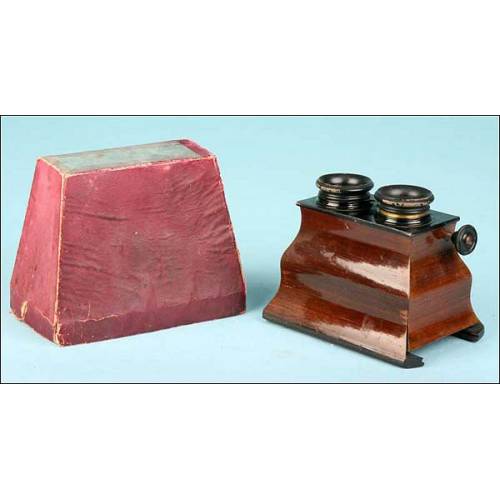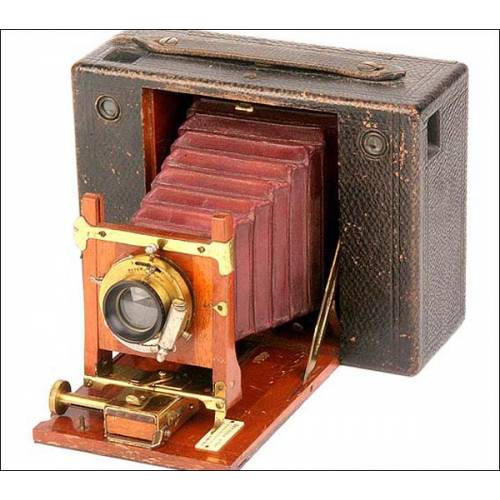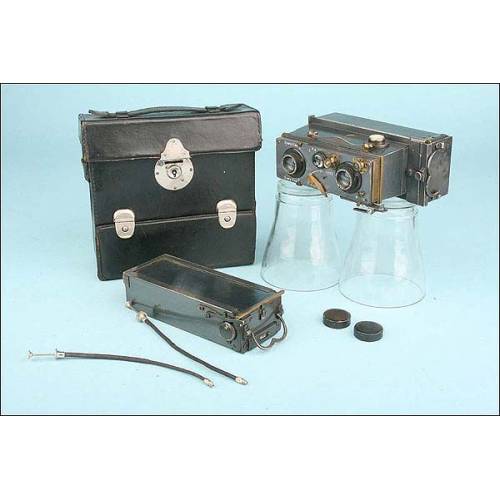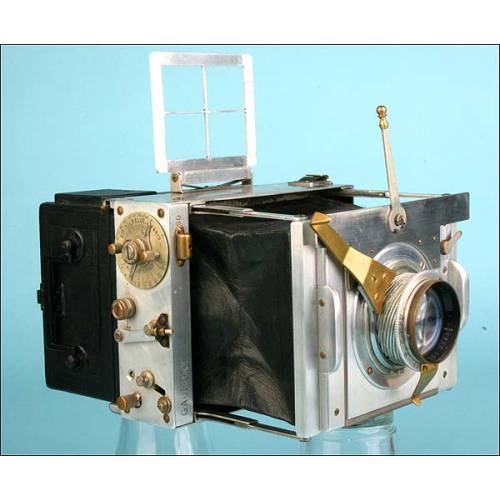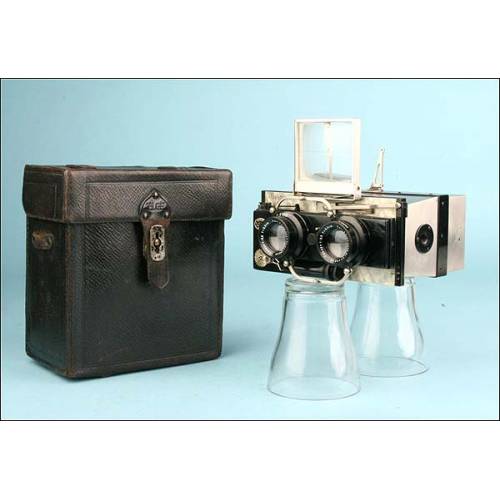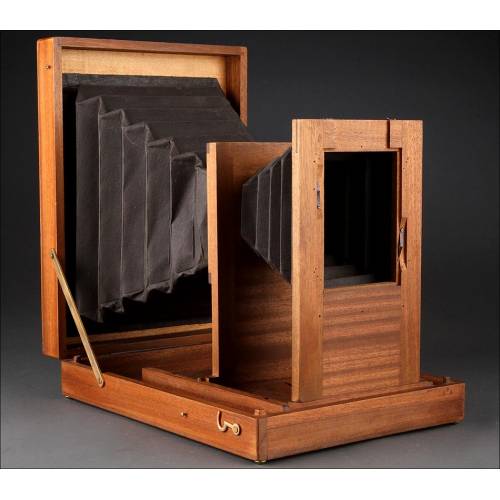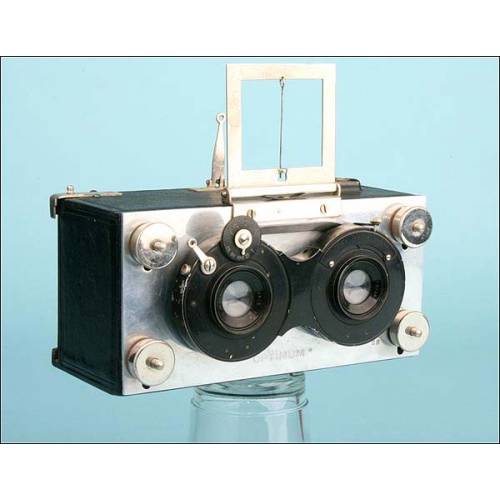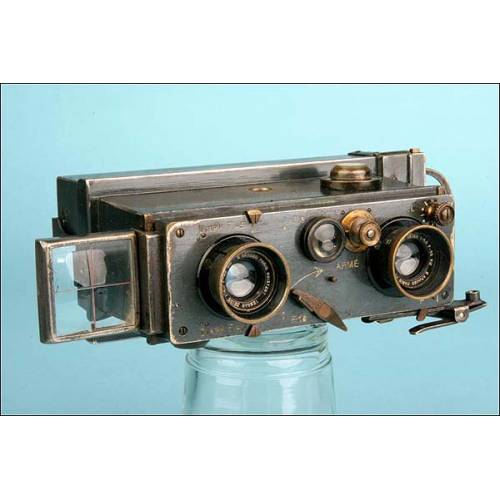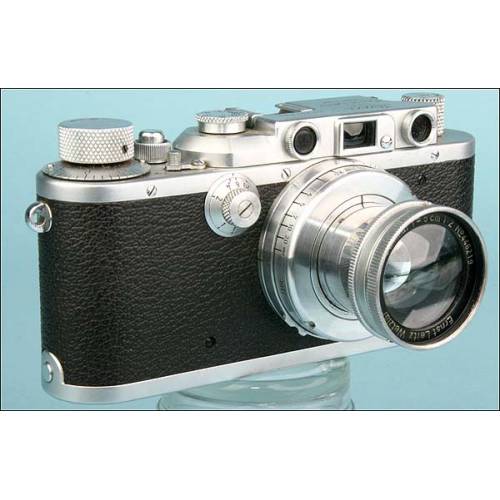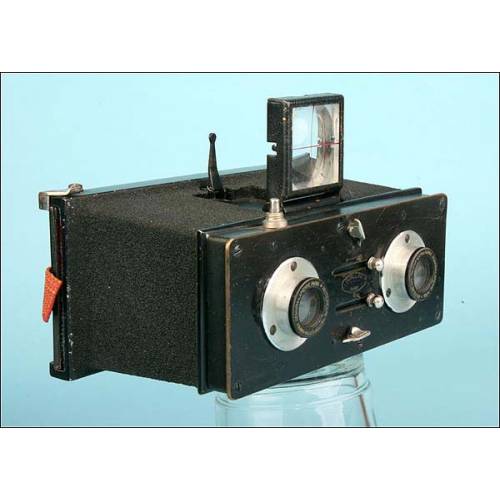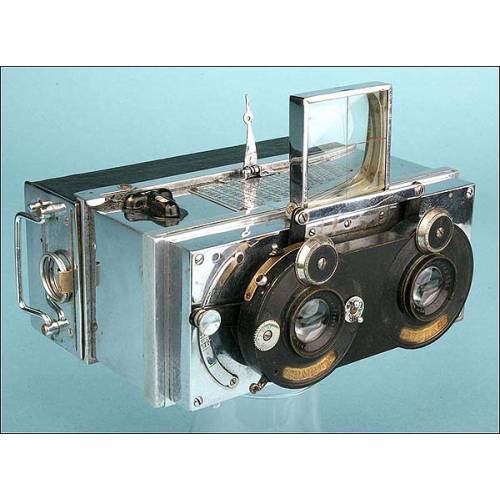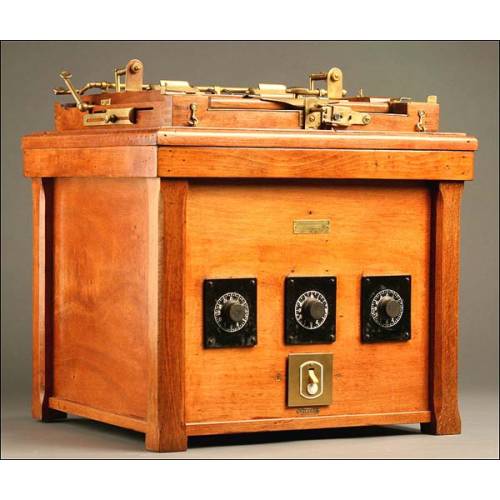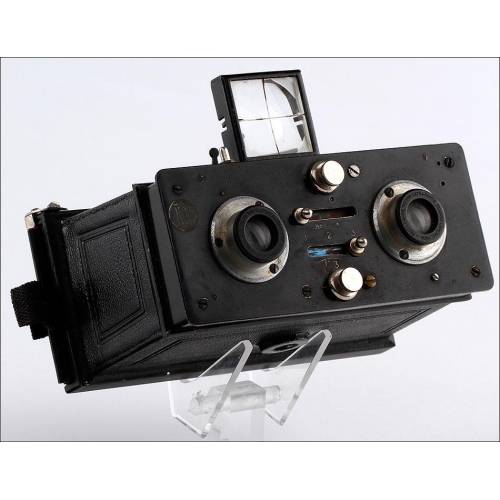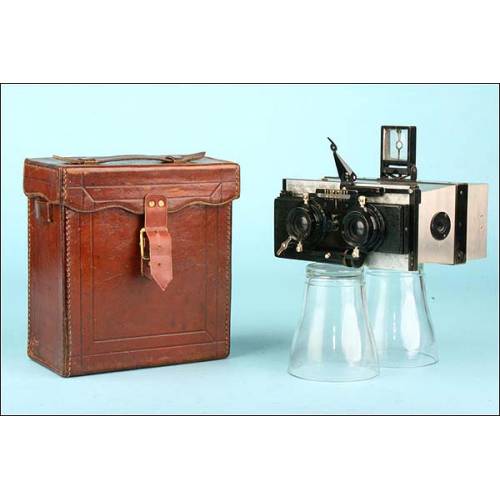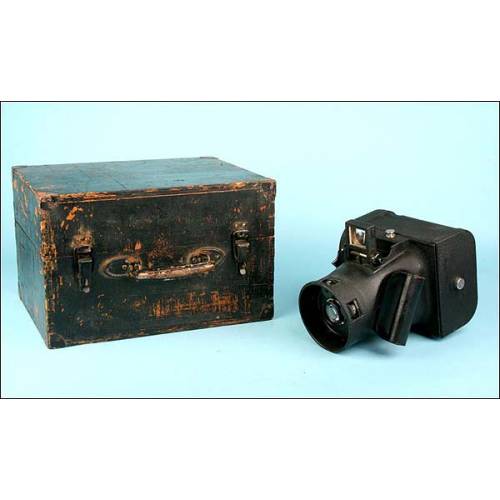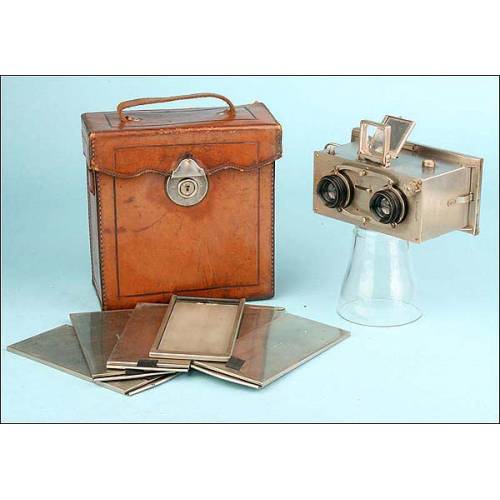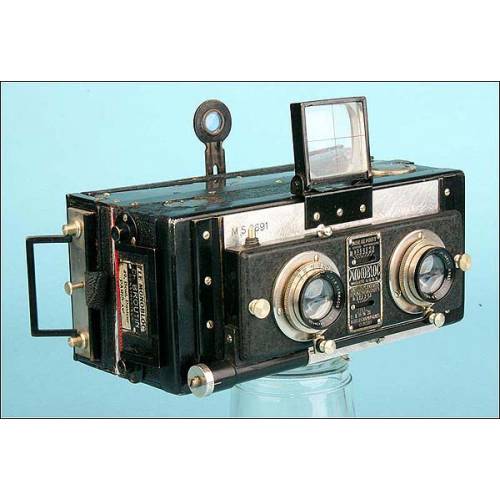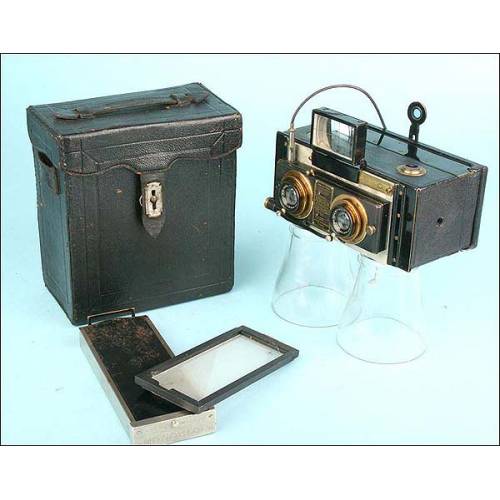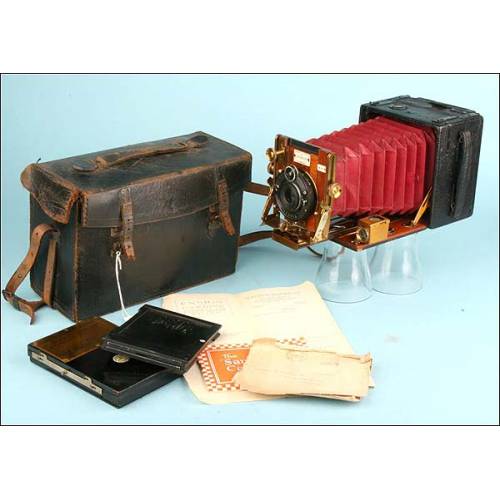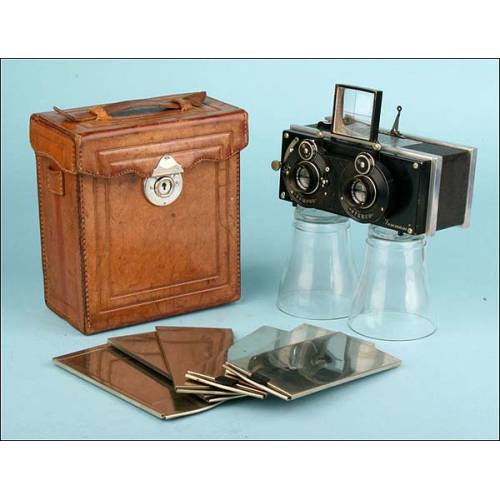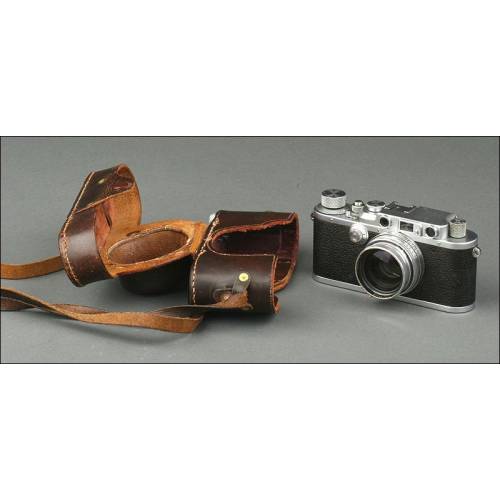A-375
French Camera Lucida in its Original Case. Year 1900, Complete and Working
Curious camera lucida manufactured in France in 1900. Working and with all its accessories.
Sold!
This curious device in its original case is a camera lucida made in France around 1900. As well as being in very good condition and perfect working order, this item is totally complete and preserves all the original lenses and accessories so it can be used just when it was manufactured. The device is made of brass and comes, as stated before, in its original black faux leather covered case, lined inside with bright red velvet and satin. The case is in good condition and has undoubtedly contributed to bring the camera lucida well preserved and with all its original accessories.A camera lucida is an optical device designed mainly to paint or draw. The first one was patented in 1806 by William H. Wollaston, though we know that Johannes Kepler had designed a similar device two hundred years before. These instruments are designed to reproduce the image of the person, landscape or group of things that is or are going to be painted on a paper or canvas, by means of an intelligent optical system. The name camera lucida was chosen by Wollaston and means illuminated room. To use the device, the artists has to fix the brass grip to a table or plank and focus the glass lens towards the model or landscape; then, he or she will look through the lens and will see the image reflected on the paper or canvas.This particular item lets the user perform this task with all the precision; on the one hand is a functional piece, and on the other, a lovely antique. As all the original glass lenses have survived to our days, this set is quite interesting: it is complete in spite of being more than one hundred years old. Inside the cases lid we can see an inscription printed in golden lettering, probably indicating the name of the shop where the article was originally purchased: L.BERVILLE CHAUSÉE DANTIN 25. The logo is shaped as a palette; this probably means that it was an art supply shop.This singular camera lucida is a rare and special piece, an intelligent device that still surprises us because of its precision and intelligent design.

